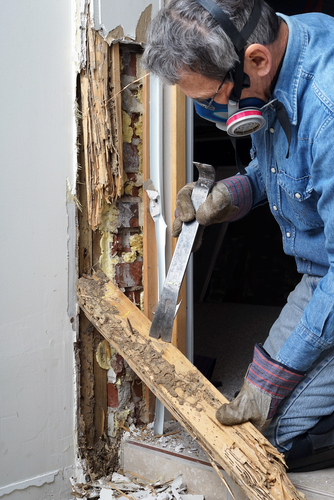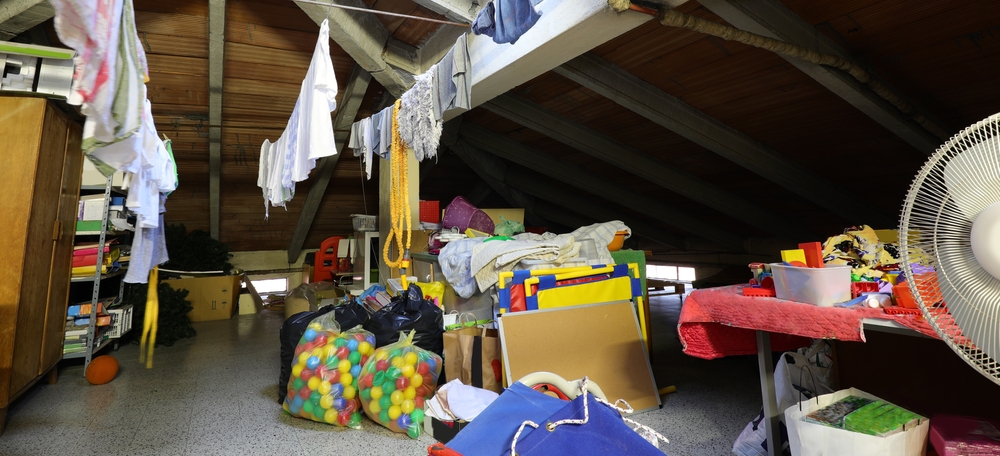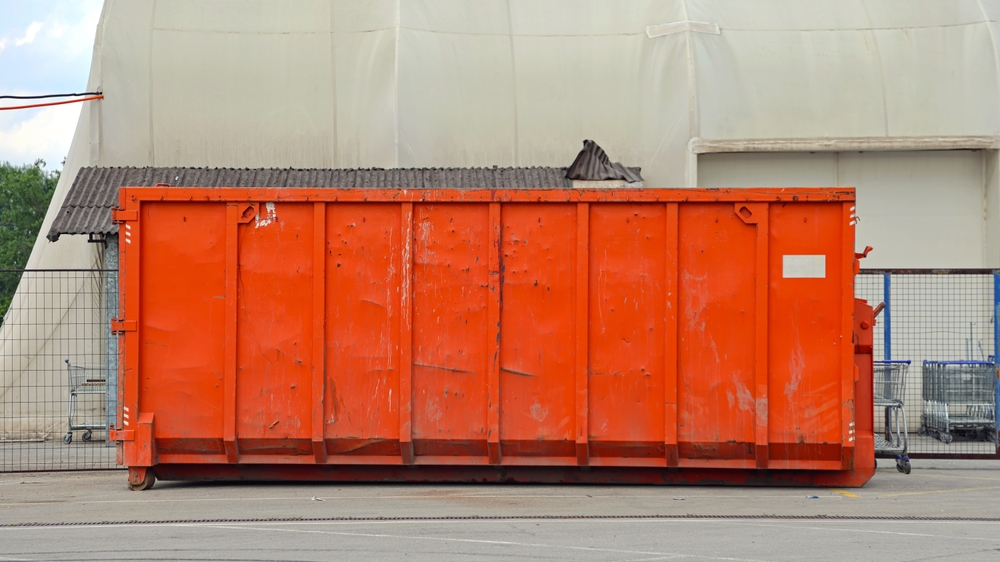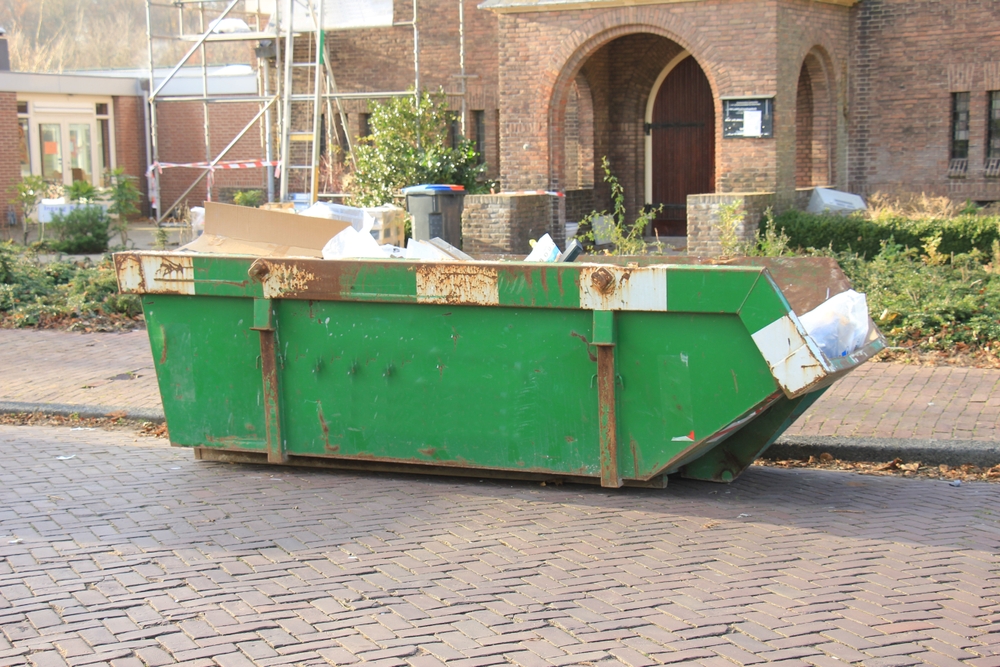March 18, 2024 - Benjamin Ehinger
Repairing Termite Damage: Essential Steps for Home Restoration
CALL NOW 844-762-8449
Discovering termite damage in your home can be unsettling. These tiny pests can cause significant harm to the structural integrity of your property, leaving you with the daunting task of repairs. This challenge requires a methodical approach to ensure that damage is not only repaired but that future infestations are prevented. It’s important to understand the extent of the damage; some cases may be superficial, affecting only the appearance of your home, while others can compromise its structural stability.
In the process of repairing termite damage, you may find the need to remove and dispose of damaged materials, which could necessitate a small dumpster rental to manage any waste or debris generated. Performing termite damage repairs varies in complexity—from simple wood filler fixes to the replacement of structural beams—which underscores the importance of assessing damage accurately. Professional help is often required for more serious repairs, so don’t hesitate to consult experts if you’re unsure about the severity of your problem.
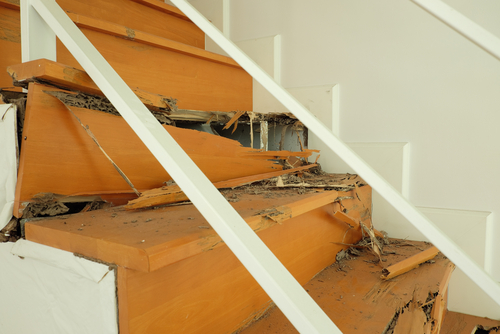 Before you begin repairs, ensure the termite infestation is eradicated. It’s important to differentiate between cosmetic fixes and structural repairs, as they each require specific approaches.
Before you begin repairs, ensure the termite infestation is eradicated. It’s important to differentiate between cosmetic fixes and structural repairs, as they each require specific approaches.
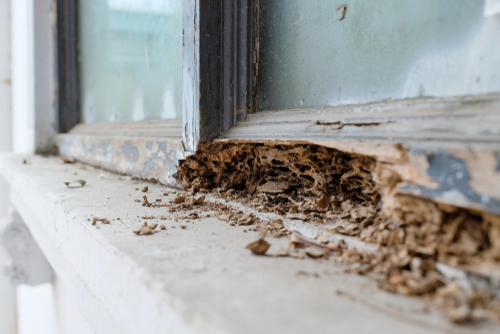 After repairing damage caused by termites, it’s crucial to prevent the possibility of future infestations. Here are some effective strategies:
After repairing damage caused by termites, it’s crucial to prevent the possibility of future infestations. Here are some effective strategies:
Adhering to these steps not only protects your home but also gives you peace of mind, knowing you’re taking proactive measures against future infestations.
Key Takeaways
- Termite damage can range from superficial to structural, requiring varying levels of repair.
- Managing repair waste may require renting a small dumpster for debris disposal.
- Consulting professionals is advisable for significant termite damage to ensure safe and thorough repairs.
Understanding Termite Damage
When dealing with termite damage, it’s critical to both recognize the signs and gauge the severity to plan proper repair strategies. Your home’s wooden structures are at risk, and remaining vigilant can save you significant repair costs and structural headaches.Identifying Signs of Termite Damage
Termite damage often remains hidden within walls, but certain indicators can alert you to their presence. Be on the lookout for:- Mud tubes: These pencil-sized tunnels made from soil and termite droppings often appear near the foundation of your home, serving as pathways for termites.
- Hollow or Blistered Wood: Tap on wooden structures; a hollow sound can suggest internal damage. Additionally, blistering pieces of wood might indicate termites feeding within or below the surface.
- Uneven or Bubbling Paint: This could signal moisture issues or termite droppings, which disrupt paint adhesion.
- Frass: Termites create small holes in wood to push out their droppings, leading to tiny piles of what looks like sawdust.
Assessing the Extent of the Damage
Once you’ve found signs of termites, it’s essential to determine how deeply the infestation has penetrated. Small, surface-level damage in non-load-bearing elements might be a convenient DIY fix. However, if termites have compromised the structural integrity of load-bearing walls or wooden beams, professional assessment is paramount. Structural damages are not only difficult to repair but can also pose significant safety risks if not addressed promptly and effectively.Preparing for Repairs
Before commencing any repair work for termite damage, you need to ensure that the infestation has been fully eradicated and assess the damage extent. This foundation helps you prepare effectively for the necessary repairs.Conducting a Thorough Termite Inspection
First, arrange for a professional termite inspection to confirm that the termites have been eliminated and to help you understand the severity of the damage. Inspection reports not only outline the affected areas but may also provide insights into potential vulnerabilities in your home’s structure. Keep your inspection contracts and reports for reference, as they can guide you on the specific repairs needed and may be useful for insurance purposes.Choosing the Right Materials and Tools
Once you’ve identified the damaged areas, select materials that will restore the integrity of your structure and ward off future infestations. For wood structures, treated lumber or termite-resistant materials like composite materials can be considered. Gather the necessary tools for the job, which can range from simple hammers and nails to more significant power tools for extensive repairs. Ensure that you have a clear idea of the damage costs; smaller fixes might only require basic DIY tools, whereas major damages could necessitate professional-grade equipment. Always opt for quality materials to avoid premature wear and repeated fixes. Remember, the success of your repair work heavily relies on the initial preparation — addressing the termite problem thoroughly and choosing the right repair strategy are key steps in protecting your home from future termite damage.Performing Termite Damage Repairs
 Before you begin repairs, ensure the termite infestation is eradicated. It’s important to differentiate between cosmetic fixes and structural repairs, as they each require specific approaches.
Before you begin repairs, ensure the termite infestation is eradicated. It’s important to differentiate between cosmetic fixes and structural repairs, as they each require specific approaches.
Handling Minor Cosmetic Damage
For minor cosmetic damage, such as surface-level nicks or divots, you will typically use wood fillers to patch the wood. Apply the wood filler to the damaged area, smooth it out, and allow it to dry completely. Once dried, sand the area to match the surrounding wood surface. If the wood’s surface integrity is compromised, use a wood hardener before applying filler to solidify the affected area.Repairing Structural Termite Damage
Structural damage requires more extensive work to ensure the structural integrity of your home. For beams and load-bearing elements severely weakened by termites, you may need to remove and replace the damaged wood. This process involves carefully cutting out the damaged section and replacing it with new, treated wood, which should be integrated securely into the existing structure. If the damaged area is not extensive, reinforce the wood with sister joists or plywood bracing to restore stability. Always consult a professional to evaluate the damage and propose the best course of action for repairs.Termite Remediation Techniques
When facing a termite infestation, it’s crucial to understand your options for remediation. These solutions not only eradicate existing colonies but also help prevent future invasions.Chemical Treatments and Bait Systems
Chemical treatments involve using termiticides, which are specifically designed pesticides that target termites. These substances can be applied in liquid form to create a barrier in the soil around your home. Some of the most effective chemical barriers are non-repellent, meaning termites cannot detect them and will inadvertently pass through, acquiring the poison and spreading it to the colony. Bait systems, on the other hand, use cellulose-based food combined with a slow-acting insecticide. You should strategically place bait stations around the perimeter of your home to attract foraging termites. Once termites feed on the bait, they share it with their nest-mates, which ultimately leads to the collapse of the colony.Non-Chemical Treatment Options
For those inclined towards non-chemical termite control methods, there are several effective strategies. One such approach is physical barrier installation during construction, utilizing materials that termites cannot penetrate. Similarly, heat treatments can exterminate termites by raising the temperature in the infested area to levels that are lethal to termites. Fumigation, although not chemical-free, does not leave residual chemicals in your home and can be suitable for widespread infestations. Remember, each method has its benefits and limitations, and often a combination of treatments is necessary for comprehensive termite prevention and control.Preventing Future Termite Infestations
 After repairing damage caused by termites, it’s crucial to prevent the possibility of future infestations. Here are some effective strategies:
After repairing damage caused by termites, it’s crucial to prevent the possibility of future infestations. Here are some effective strategies:
- Maintain Proper Ventilation: Ensure that your home’s crawl spaces, attic, and basements are well-ventilated. Proper airflow reduces moisture buildup, which termites find attractive.
- Control Moisture: Fix leaks promptly and ensure drainage directs water away from your foundation. Use dehumidifiers in damp areas to keep moisture levels low.
- Routine Maintenance: Regularly inspect your home for signs of termite activity. Look for mud tubes, damaged wood, or termite wings. If you discover any evidence, contact a termite control professional immediately.
- Use Treated Lumber: For any new construction or repairs, consider using treated lumber that is resistant to termite damage. This can be especially important for structures in contact with the ground.
- Professional Treatment Plan: Work with a licensed termite control professional to create a customized treatment plan. This might include soil treatments, bait systems, or wood treatments.
| Do | Don’t |
|---|---|
| Schedule annual inspections. | Ignore cracks in your home’s exterior. |
| Seal entry points like gaps and cracks. | Let wood in your home contact soil. |
| Store firewood away from your house. | Permit standing water near your home. |
Frequently Asked Questions
When dealing with termite damage, it’s important to understand not only how to identify and repair it but also the costs involved and the prospects for full restoration. These FAQs provide insights into these critical aspects of termite damage repair.What are the signs to differentiate old termite damage from new?
New termite damage often appears as fresh, light-colored wood or soil lining the tunnels, while old damage will not have these indications. The wood in older damage areas will generally feel more hollow and may have a duller sound when tapped.How can you repair termite damage in structural beams?
To repair termite damage in structural beams, it’s essential to first eradicate the termites to prevent further damage. Depending on the extent, repair methods may include adding support to the existing beam, using epoxy wood fillers for minor damage, or replacing entire sections of the beam if necessary.What is the typical cost range for repairing termite damage?
Repair costs can vary widely based on damage extent and location, ranging from as little as $300 to several thousand dollars. More extensive damage, especially structural, will increase repair costs.What methods are used to repair termite damage around windows?
Around windows, termite damage repair often involves removing and replacing damaged wood framing. When the damage is superficial, wood hardeners followed by fillers can be used to restore integrity before sealing and refinishing.Is it possible to fully restore a house after significant termite damage?
Yes, it is usually possible to fully restore a house after significant termite damage. Prior to restoration, thorough treatment to eliminate the termite infestation is critical, followed by assessing and repairing structural and cosmetic damage.How can termite damage to a door frame be effectively repaired?
If the termite damage to a door frame is not severe, an epoxy wood filler can be used to fill in the damaged areas, followed by sanding and painting. In cases of significant damage, replacing the entire door frame may be necessary to ensure structural integrity.RECENT BLOGS
Our Reviews
glenda prowell
1719860540
Louiner made it easy to make arrangements to have a dumpster put in my driveway. He was able to answer all my questions and made the entire process simple.
Tyler Floyd
1719520303
Incredible customer service, very informative
Natalie Davidson
1719440638
Heather provided the best customer service that I have received in a very long time. She was knowledgeable, informative without being pushy, friendly and efficient. I really appreciated all of her help.
Glenda Lanier Prowell
1719241850
I have ordered an 11 yard dumpster to be delivered to my house.Lonier was extremely helpful and answered all my questions. The rate was very reasonable.
debbie Craton
1718740650
Heather was SUPER friendly and worked with me to get me whst I needed.I am very glad I called Waste Removal
